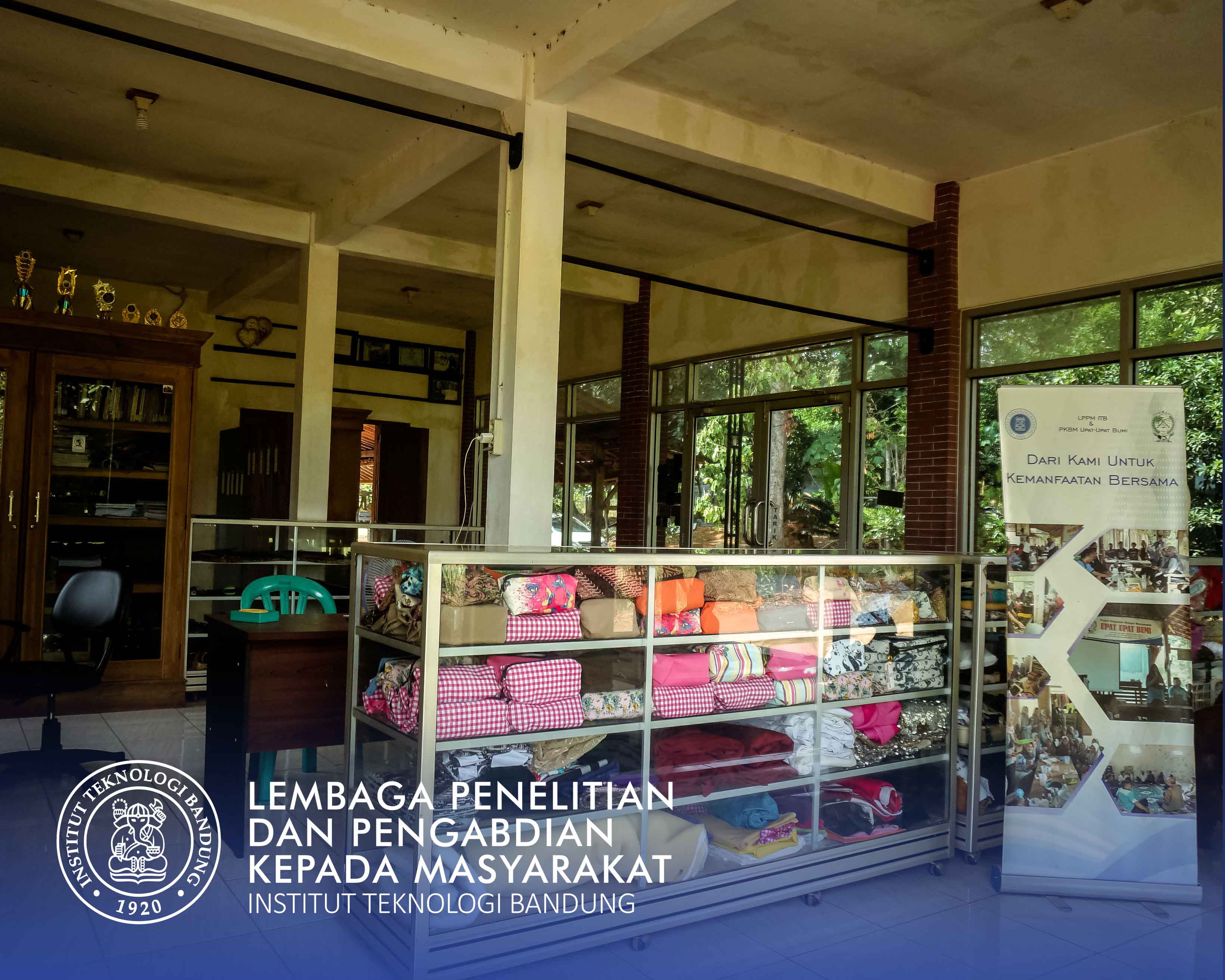

Sabrina Ilma Sakina
Multi-layered weaving has a variety of advantages when compared to standard woven fabrics, among which increases fabric thermal resistance and improves the appearance and quality of hand feel (Islam, 2018). In addition, lately, layered fabrics are widely used in the textile industry as e-textile structures or for other 3D textiles. One of the challenges faced in e-textile design is to produce fabrics that have a smooth surface as ordinary fabrics but have electronic functional values (Quirk et al., 2009). This is expected to be overcome using many layered weaving techniques. The concept of multi-layered weaving is basically to use a set number of warp threads to produce a number of layers of fabric at the same time on the same loom. By utilizing a number of sets of warp threads, it is possible to bring up a motif on one side of the fabric and bring out another motif on the opposite side. In this case, the binding technique is one of the yarn coloring techniques that is suitable to be utilized because the tie is basically coloring the textile when it is still in the form of thread.
Penerapa Karya Seni/Desain/Arsitektur/Perencanaan Wilayah, Penerapan Karya Tulis
to produce fabrics that have a smooth surface as ordinary fabrics but have electronic functional values